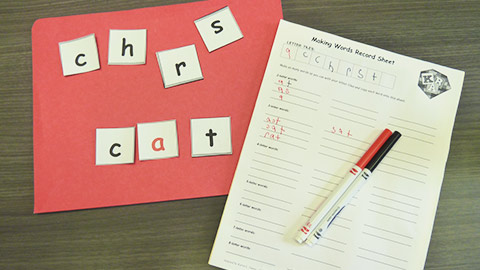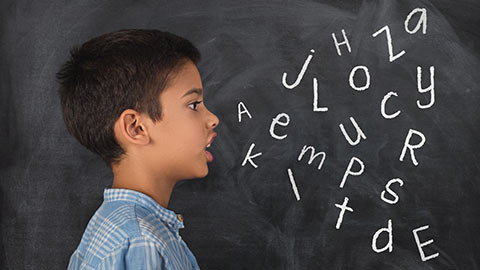Code-related early literacy skills are also foundational to later reading and writing development.
Code-related early literacy skills involve two main aspects:
1) the relationship between oral and written language, and
2) the translation of print-to-sounds and sounds-to-print in an alphabetic system.
In particular, code-related early literacy skills include the following:
- Conventions of print (print directionality and format including word spacing, left-to-right and front-to back orientation),
- Knowledge of graphemes (recognition and identification of alphabet – letter names),
- Conceptual knowledge (strategies and processes),
- Grapheme-phoneme correspondence (translating units of print (graphemes) to units of sound (phonemes) - recognition of letters and their corresponding sounds),
- Phonological awareness (understanding the sound structure of spoken words - recognition of rhyme, recognition and manipulation of phonemes-the individual sounds in words and syllables),
- Emergent writing (translating units of sound into units of print - writing letters of the alphabet and own name; phonetic spelling of words),
- Emergent reading (attention to environmental print and pretend reading).

This Making Words activity at the DRCC focuses on sound-symbol relationships and word skills to generate, read, and write new words using letter tiles.


